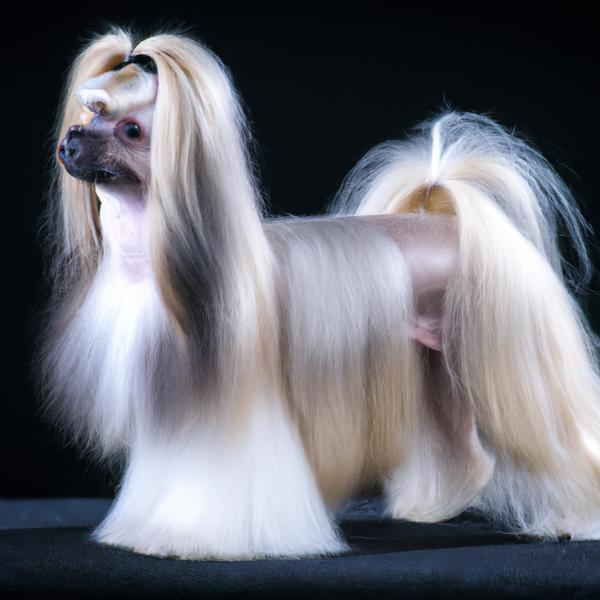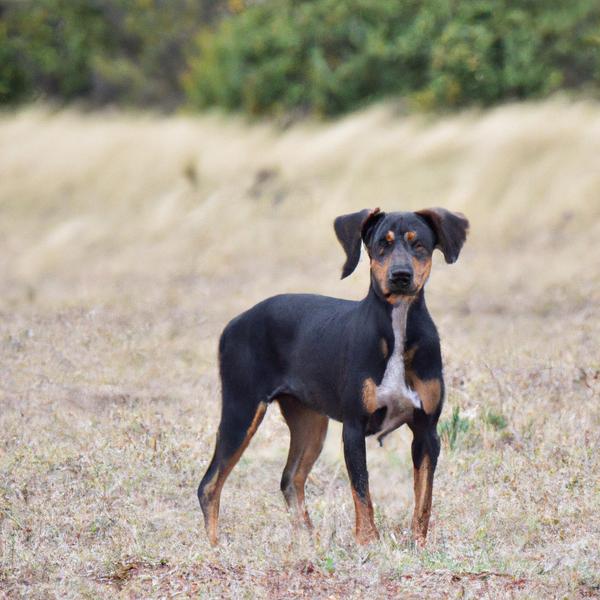Silkzer vs. Kimola: Breed Differences and Similarities
Hypoallergenic
Are Silkzers or Kimolas hypoallergenic, or neither?
While no dogs are truly 100% hypoallergenic, Silkzers are about as close as it gets, making them an ideal pet if you are an allergy sufferer.
Unfortunately, the Kimola is not hypoallergenic, making it not a good choice for a dog lover who suffers from pet allergies.
Temperament
What are the personalities of Silkzer and Kimola dogs?
Alert
Intelligent
Friendly
Responsive
Obedient
Quick
Joyful
Inquisitive
Fearless
Spirited
Playful
Independent
Energetic
Protective
Alert
Intelligent
Friendly
Obedient
Devoted
Lively
Steady
Spirited
Assertive
Shedding Level
Do Silkzers shed more than Kimolas, or which breed sheds more, Silkzers or Kimolas?
Silkzers shed very little hair, making them a great choice for those who dislike excess hair in the house.
Kimolas shed a lot of hair each year, so frequent brushing is essential for reducing shedding and maintaining coat health.
Watchdog Ability
Which dog breed makes a better watchdog, the Silkzer or Kimola?
The Silkzer and Kimola breeds are not the best choice if you want good watchdogs. If you're looking for guard dogs, these breeds are not the right ones for you. They will 'watch' everything - but that's usually as far as they go.
Ancestry
What are the origins of Silkzer and Kimola breeds?
Silky Terrier and Miniature Schnauzer
American Eskimo, Lhasa Apso
Breed recognition
Which kennel clubs recognize/register Silkzer and Kimola?
ACHC = American Canine Hybrid Club
DBR = Designer Breed Registry
DDKC = Designer Dogs Kennel Club
DRA = Dog Registry of America, Inc.
IDCR = International Designer Canine Registry®
ACHC = American Canine Hybrid Club
DDKC = Designer Dogs Kennel Club
DRA = Dog Registry of America, Inc.
IDCR = International Designer Canine Registry®
UKC = United Kennel Club
Date of Birth
When were Silkzer and Kimola breeds first developed?
Unknown
Eye Color Possibilites
What are the eye colors of Silkzer and Kimola dogs?
Brown
Brown
Coat Color Possibilites
What are the natural colors of the coat for Silkzer and Kimola breeds?
Black
Gray
Silver
Brown
White
Fawn
Cream
White
Gray
Coat Length
What is the typical coat length for Silkzer and Kimola breeds?
Silkzers have coats that can be either short or medium in length.
Kimolas are known for their coat length.
Coat Density
What is the density of the coat of Silkzer and Kimola?
Coat Texture
What is the hair texture of Silkzer and Kimola?
Wiry
Straight
Litter Size
What is the usual litter size for Silkzer and Kimola?
A Silkzer can have a litter of 3-6 puppies on average. However, it's worth noting that the size of the litters can vary greatly. Factors that can influence litter size include the health of the mother, breeding history, and genetics.
A Kimola can have a litter of 4-6 puppies on average. However, it's worth noting that the size of the litters can vary greatly. Factors that can influence litter size include the health of the mother, breeding history, and genetics.
Adaptability
The adaptability of Silkzer and Kimola dogs is a well-known trait. They are known for being able to adjust well to different living environments and lifestyle changes.
Health Issues
Between Silkzer and Kimola, which breed is more prone to health problems?
Silkzer and Kimola breeds are generally considered to be healthy. However, like all breeds, they are susceptible to certain health issues and it is important to keep an eye out for them and address them with your veterinarian as needed.
Major Concerns
What are the major health concerns for Silkzer and Kimola breeds?
Hip Dysplasia
Portosystemic Shunt
Legg-Calve Perthes Disease
Patellar Luxation
Familial Nephropathy
Atopic Dermatitis
Brachycephalic Syndrome
Exposure Keratopathy Syndrome
Keratoconjunctivitis Sicca
Minor Concerns
What minor health issues should be kept in mind when owning Silkzer and Kimola?
Cataracts
Atopy
Intervertebral Disc Disease
Urolithiasis
Hydrocephalus
Chronic Anemia
Progressive Retinal Atrophy (PRA)
Occasional Tests
What occasional tests are recommended for Silkzer and Kimola breeds?
Eye Examination
Radiography
X-Rays
Ear Examination
X-ray imaging
Eye Examinations
Schirmer Tear Test
Blood Analysis
Blood Count
Internal Imaging (x-ray, CT scan, MRI, etc.)
Blood And Urine Analysis
Energy
How do the energy levels of Silkzers and Kimolas compare?
For those who lead a balanced lifestyle, Silkzer and Kimola breeds may be a good choice as they have an average energy level.
Social Needs
Silkzer vs Kimola social needs comparison
Silkzer and Kimola have above average social needs compared to other breeds. They thrive in environments where they have a lot of interaction with humans and other dogs.
Exercise Needed
Silkzer vs Kimola exercise need comparison.
The Silkzer and Kimola breeds are breeds that require minimal physical activity to maintain a healthy lifestyle. They are ideal for people with busy lifestyles, elderly people or those who have limited mobility. They also make great pets for those who live in small apartments or have limited outdoor space.
Sleeping Need
Which of the two sleeps the most/least: Silkzer or Kimola?
Silkzer and Kimola dogs tend to sleep less than some other breeds, but it's still important for them to get adequate sleep in order to maintain good health.
Tendency to Bark
Do Silkzers or Kimolas bark more/less frequently?
Silkzer dogs are generally less vocal than other breeds and only bark when necessary, such as to alert their owner or communicate.
Kimolas bark moderately when necessary and may also bark due to certain triggers like fear, alarm, boredom, greeting, separation anxiety and compulsive barking.
Mouthiness
Mouthiness Comparison: Silkzer vs Kimola?
Roaming urge
Silkzer vs Labrador: Running away tendency?
Prey Drive
Silkzer or Kimola - which breed has a higher level of prey drive?
Activity Level
Which breed has higher energy, Silkzers or Kimolas?
Both Silkzer and Kimola are medium-energy dogs that enjoy socializing and playing with other dogs. They may engage in casual or sustained games of chase, and occasionally have bursts of barking or racing around the house.
Tolerance of being left alone
Walks per Week
How many miles should Silkzer or Kimola walk each week?
There's really no limit to how far you walk your dog as long as they're comfortable. For Silkzer, it's at least 7 miles / week. Just remember to build distance and stamina gradually over time.
There's really no limit to how far you walk your dog as long as they're comfortable. For Kimola, it's at least 6 miles / week. Just remember to build distance and stamina gradually over time.
Activity per Day
Do Silkzers or Kimolas require more exercise?
In general most Silkzers usually need at least 15 minutes of exercise daily. This can be spread across the day and include all sorts of high-energy activities, like walking, running and playing.
In general most Kimolas usually need at least 40 minutes of exercise daily. This can be spread across the day and include all sorts of high-energy activities, like walking, running and playing.
Grooming
Which breed is easier to maintain in terms of grooming, Silkzers or Kimolas?
Silkzer and Kimola are breeds of dogs that require a significant amount of grooming. They will also require regular trims, and a professional groomer's help is often necessary to keep their coat in good condition. They may also need regular baths to maintain their coat and skin.
Brushing Frequency
What is the recommended brushing frequency for Silkzer and Kimola dogs?
Ideally, both Silkzer and Kimola should be brushed at least 2 or 3 times a week (preferably daily) to improve shedding.
Brushing Tools
What brushing tools are used for Silkzers and Kimolas?
Pin Brush
Nail Clipper
Pin Brush
Dematter
Deshedder
Nail Clipper
Cups
How much food should be given to Silkzer or Kimola in cups?
For an average 8-15 pound (4 - 7 kg) Silkzer feed 1 cups daily. But, keep in mind, the amount you feed is going to be dependent on the quality of the food you are feeding.
For an average 16-40 pound (7 - 18 kg) Kimola feed 2 cups daily. But, keep in mind, the amount you feed is going to be dependent on the quality of the food you are feeding.
Daily Cost
Which breed has a higher daily cost, Silkzer or Kimola?
The average cost of a Silkzer is somewhere $1.10 - $1.40 per day.
The average cost of a Kimola is somewhere $1.70 - $2.00 per day.
Monthly Cost
Which breed has a higher monthly cost, Silkzer or Kimola?
The average per month expenses of a Silkzer is between $35 - $42. This makes an average of $420 - $504 per year. It will be on the higher side when the dog is still small because it will need more frequent visits to the vet, shots.
The average per month expenses of a Kimola is between $48 - $63. This makes an average of $576 - $756 per year. It will be on the higher side when the dog is still small because it will need more frequent visits to the vet, shots.
Intelligence
Comparing Intelligence: Silkzers vs Kimolas
Silkzer is a very intelligent and trainable breed.
Kimola has below average obedience intelligence, but they excel in understanding human emotions.
Sensitivity Level
How do Silkzer and Kimola compare in sensitivity?
This breed is sensitive and requires gentle handling and a calm home environment.
This breed is sensitive to its environment and best suited for patient and understanding families with a consistent routine.
Affection Dependance
Which is the more affectionate dog breed: Silkzer vs Kimola?
Apartment Friendly
Which breed is more apartment-friendly: Silkzer or Kimola?
The Silkzer is a great apartment dog, thriving with sufficient exercise and time outside as part of their daily routine.
Kimolas make excellent apartment dogs, being fairly active indoors and not requiring a yard.
Child Friendly
Do Silkzers or Kimolas have a friendlier temperament towards children?
Silkzers are good with kids if socialized and trained from a young age.
Kimolas make excellent family pets for kids due to their gentle, protective nature and calm temperament.
Senior-friendly
Which dog is more suitable as a pet for the elderly - Silkzer or Kimola?
Cat Friendly
Do Silkzer or Kimola breeds have a better compatibility with cats?
Silkzers are average in their friendliness toward cats and tend to do well with them, especially if raised together.
Kimolas are good with cats, but early training is needed to prevent chasing behavior.
Dog Friendly
Which breed is more sociable with other dogs: Silkzer or Kimola?
Silkzers are average in their friendliness towards other dogs, and socialization can help.
Kimolas are generally very friendly towards other dogs, with a happy and affectionate temperament.
Pet friendly
How do Silkzer or Kimola dogs interact with other pets?
Stranger Friendly
Which breed is more friendly with strangers: Silkzer or Kimola?
Silkzer and Kimola are average friendly around strangers. They can be wary around strangers and a little standoffish, so early socialization is key to ensure they are comfortable around new people.
Playfulness
Which breed is more playful between Silkzer and Kimola?
Silkzer and Kimola are playful dogs. So, no matter how busy the day may get, the best thing you can do for Silkzer and Kimola is to make time each day to play. It can be as little as 15-20 minutes, and it will mean the world to them.
Trainability
How do the trainability levels of Silkzers and Kimolas compare?
Silkzer and Kimola dogs are known for their ease of training and ability to learn quickly, making them a popular choice for pet owners and trainers alike.
Compare Silkzer with other breeds
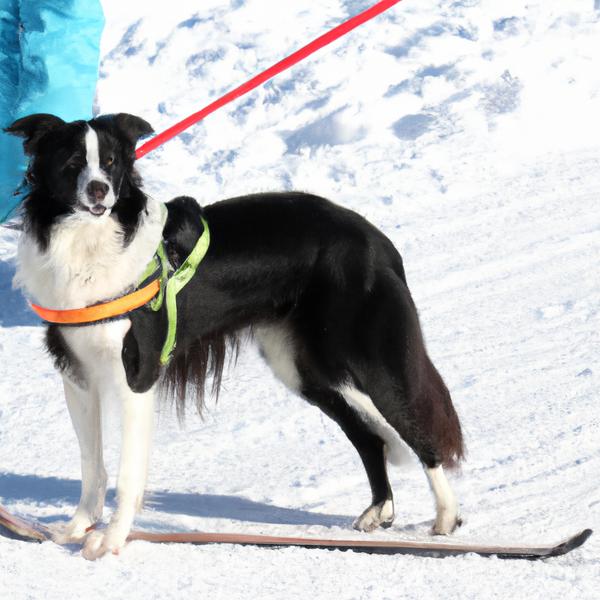
Ski-Collie
Silkzer vs Ski-Collie
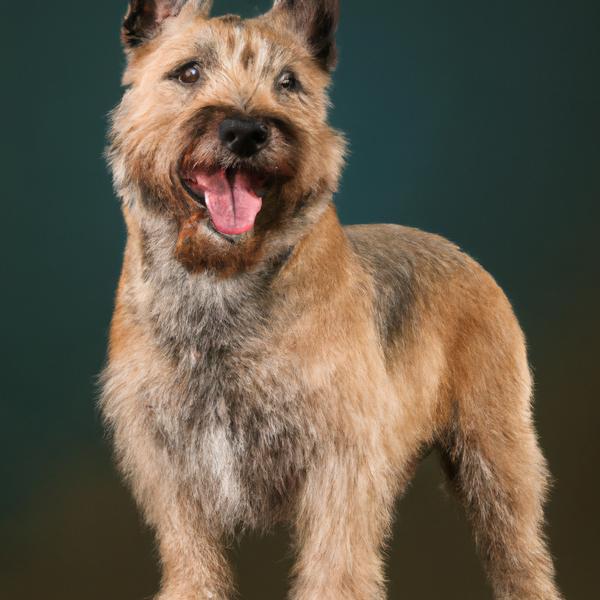
Cairland Terrier
Silkzer vs Cairland Terrier
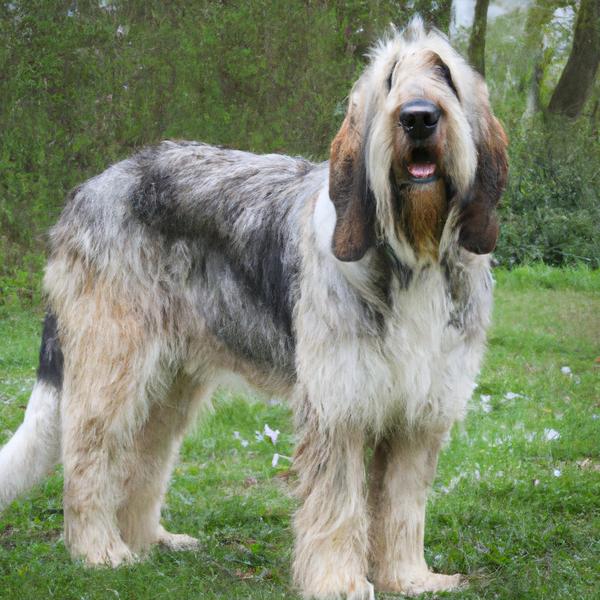
Grand Basset Griffon Vendeen
Silkzer vs Grand Basset Griffon Vendeen
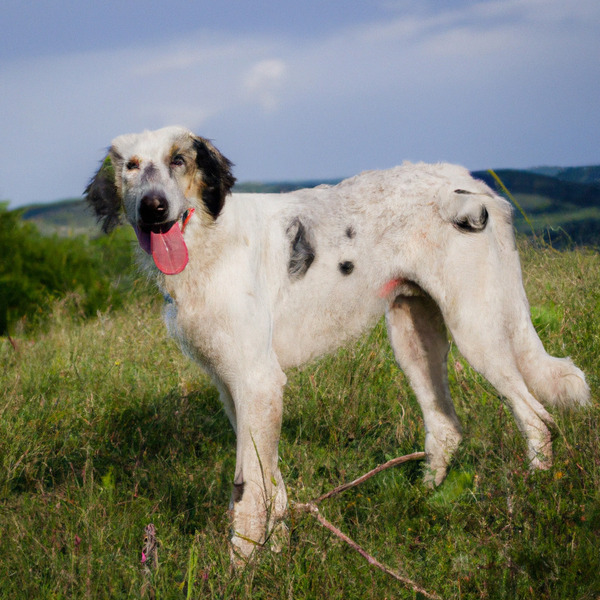
Slovensky Kopov
Silkzer vs Slovensky Kopov
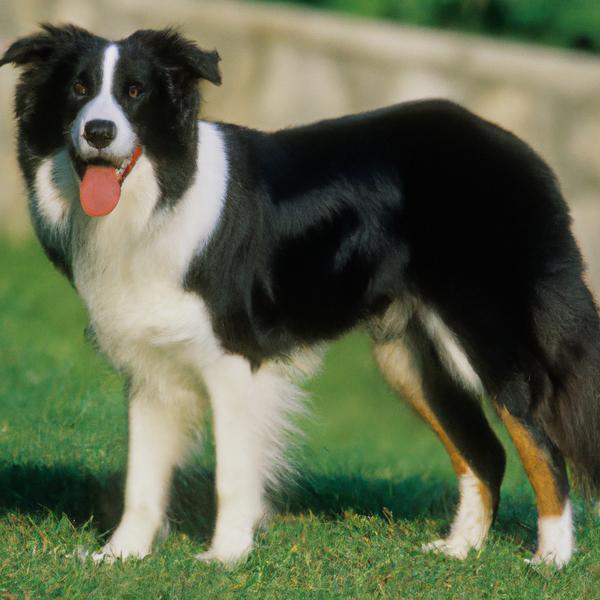
Border Collie Bernard
Silkzer vs Border Collie Bernard
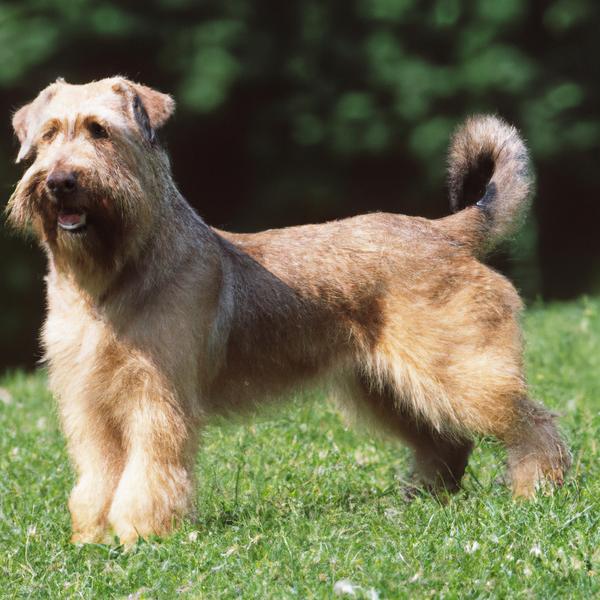
Glen of Imaal Terrier
Silkzer vs Glen of Imaal Terrier

Mini St. Bernard
Silkzer vs Mini St. Bernard
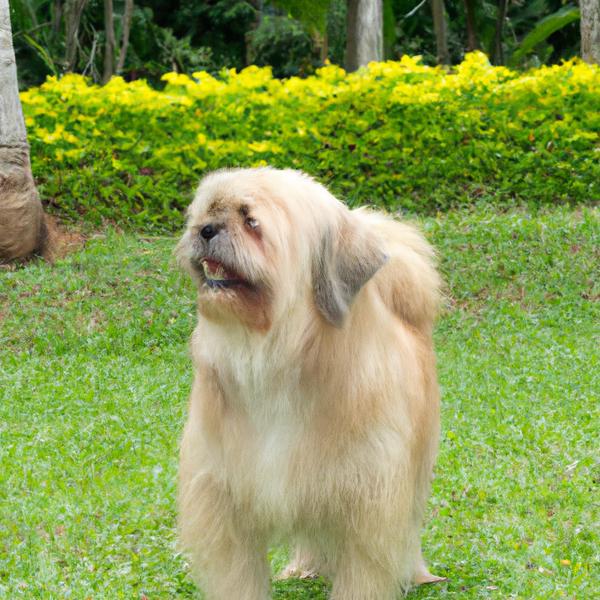
Daniff
Silkzer vs Daniff
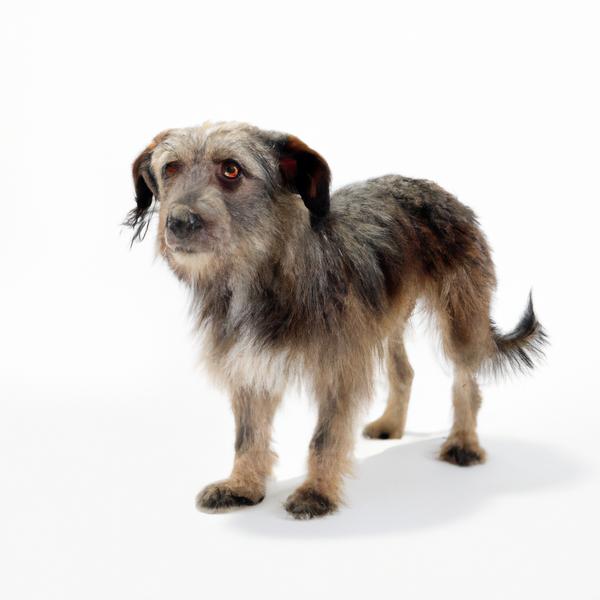
Raggle
Silkzer vs Raggle
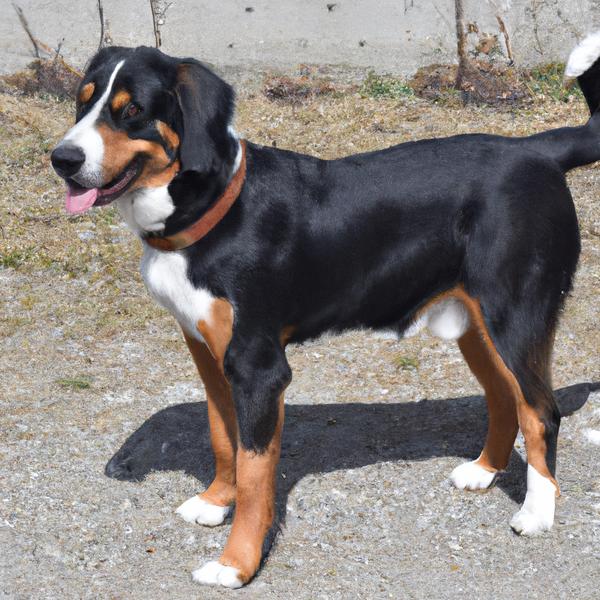
Entlebucher Mountain Dog
Silkzer vs Entlebucher Mountain Dog
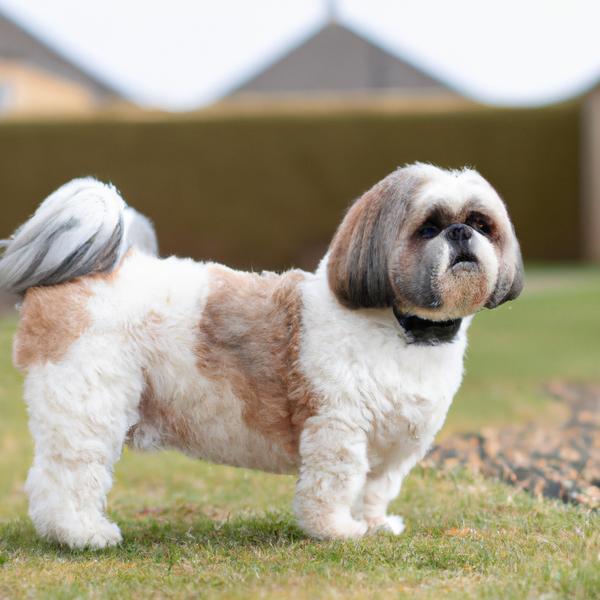
English Lhasa Bull
Silkzer vs English Lhasa Bull
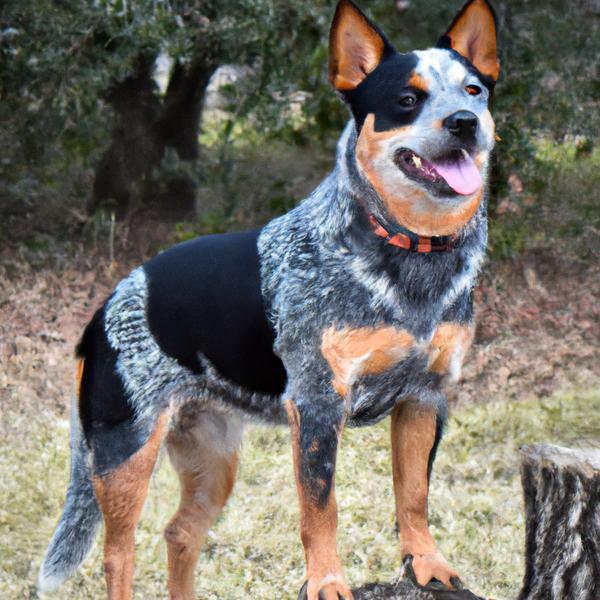
Stump Double Cattle Dog
Silkzer vs Stump Double Cattle Dog
